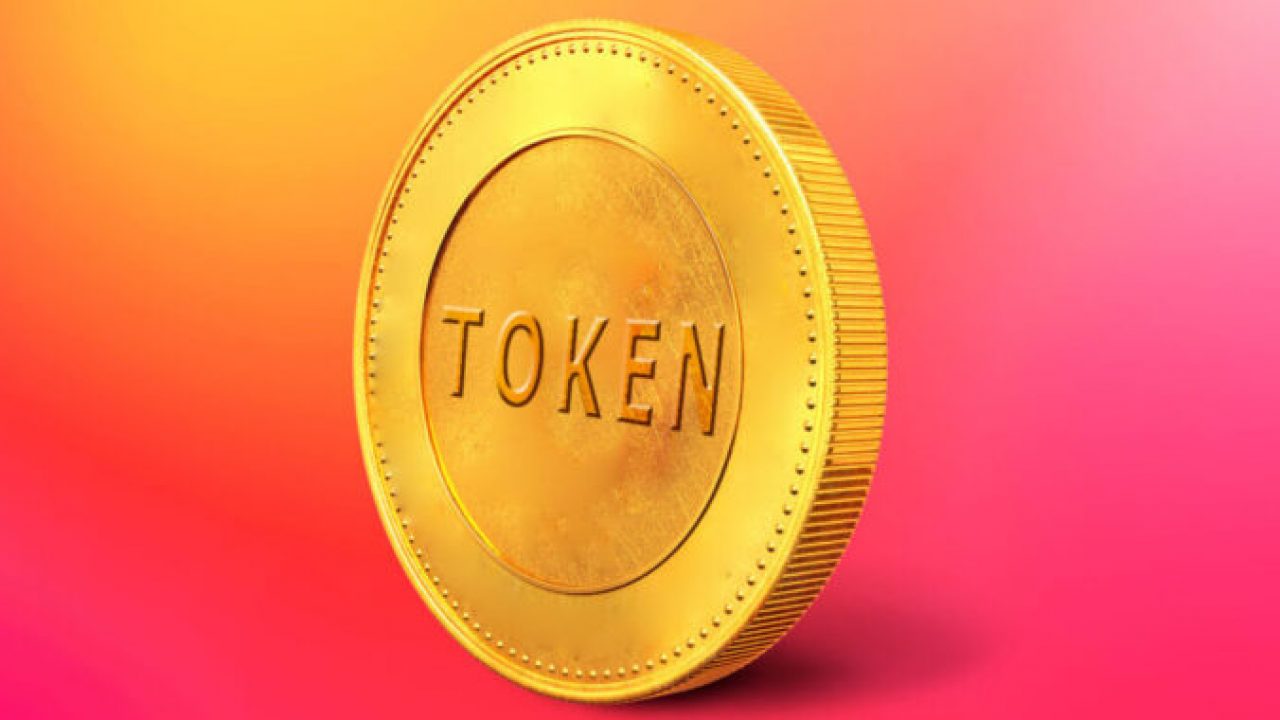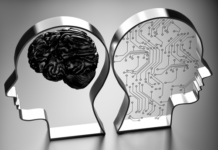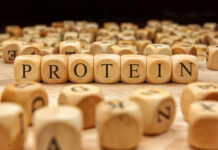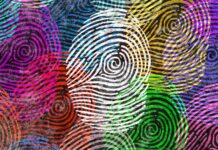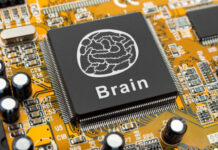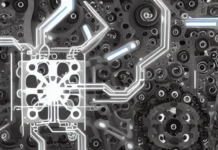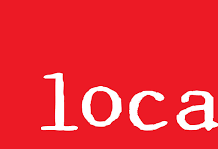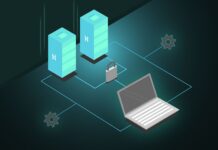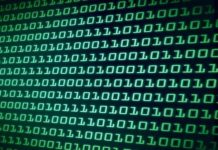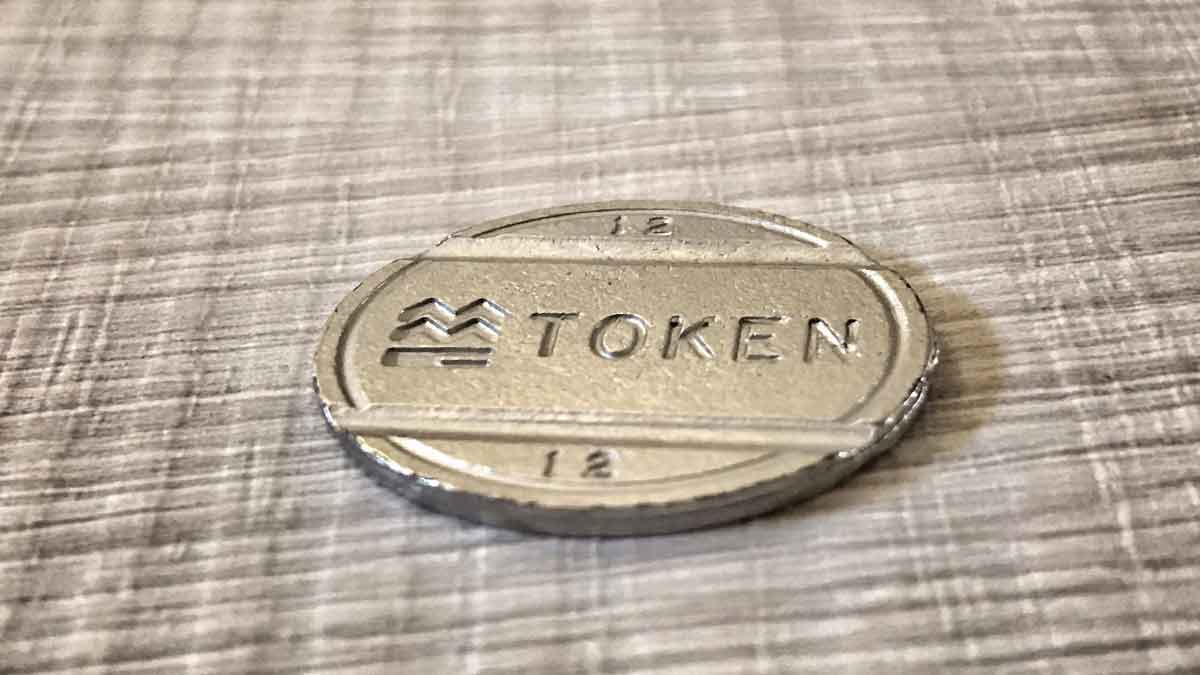
Introduction to Tokens
DEFINITION OF TOKEN
Un Token corresponds to a group of digital information embedded within a blockchain. These give a given party a certain right, which can relate to ownership of an asset, access to a good or service, and making or receiving a payment.
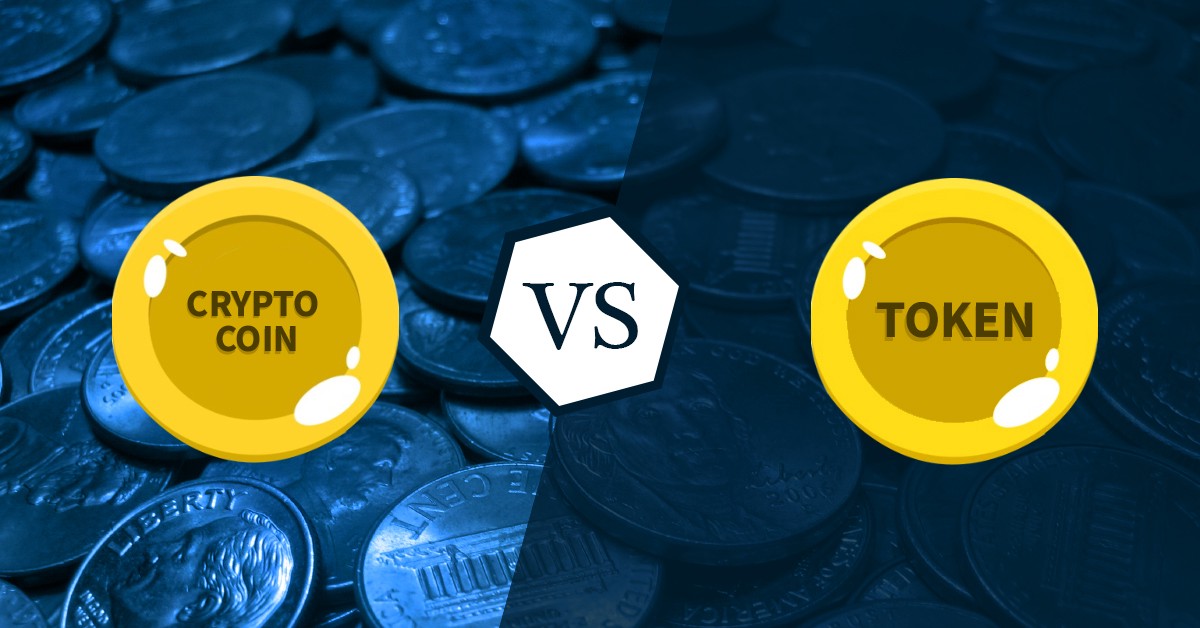

WHAT IS A TOKEN AND WHAT ARE THE DIFFERENCES WITH CRYPTOCURRENCIES
A token corresponds to a digital asset or good registered within a blockchain infrastructure . The latter ensures that token exchanges take place securely and without intermediaries, opening the door to a large number of applications that are not limited to the cryptocurrency world. In fact, although the term “token” is also commonly used in reference to the cryptocurrency world, the two terms are not interchangeable. Cryptocurrencies are an integral part of a blockchain from which they can be mined (think of Ether, the cryptocurrency native to the Ethereum blockchain), while tokens are generated on existing blockchains thanks to so-called smart contracts, software within blockchains.
Indeed, the Ethereum blockchain on which the well-known BAT token, for example, relies, is often leveraged for token creation.
As specified in this regard in an article by the Digital Innovation Observatory of the Polytechnic University of Milan, all the basic characteristics of tokens and the way they are transacted are established in the aforementioned smart contracts. In particular, to be established are: number of tokens in circulation; users who can transfer them; those who can dispose of the tokens up to the relevant access rules.
The value and purpose of tokens, however, is determined by who generates them and the context in which they operate. Thus, while cryptocurrencies can be compared to physical currencies because they can only be used as a medium of exchange, tokens can have many other applications beyond the exchange of digital currency. Indeed, they can be used to grant access to an app, to verify the identity of users, to attest to the uniqueness of a digital artwork, etc.
Can an Artificial Intelligence generate ideas for Bags inspired by Fast Food Chains?
APPLE VISION PRO and Tourism – everything will change if everything changes
Memcomputer, the computer that mimics, really, the Mind
Dolce&Gabbana will parade in Alberobello on July 9 ( Puglia – Italy )
TYPES AND EXAMPLES
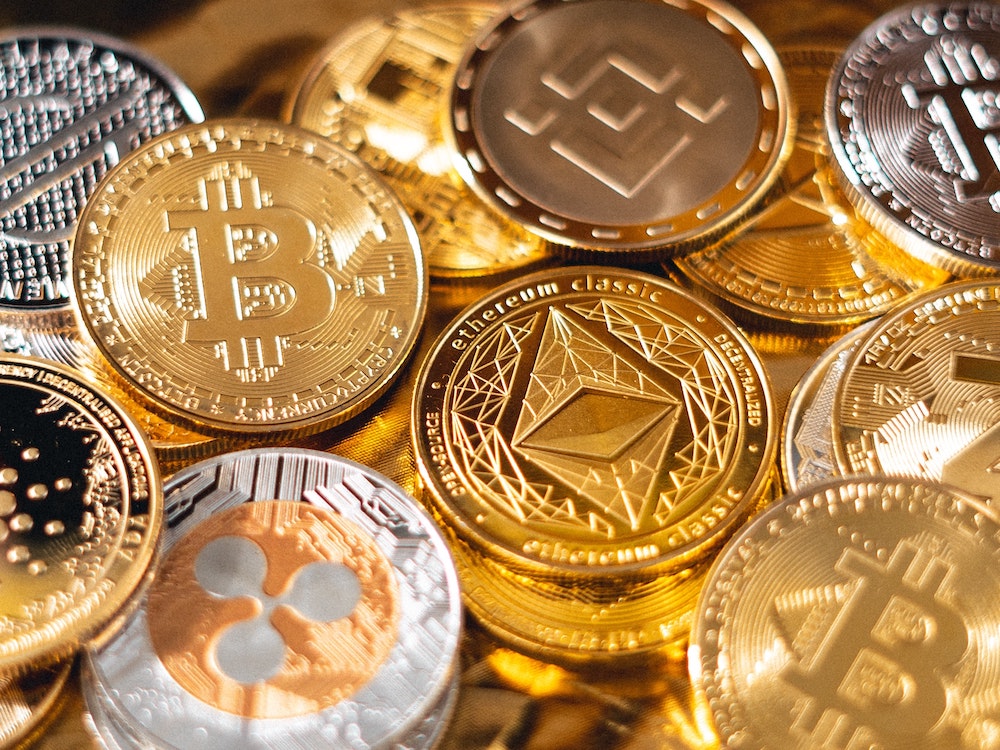

To understand the possible applications in different areas, it is necessary to analyze the different types of tokens, starting with an initial distinction between two broad categories: fungible tokens and non-fungible tokens ( NFT ). Furthermore, among fungible tokens, several other categories can be identified based on their purpose and utility, such as utility tokens, security tokens, and commodity tokens.
Fungible tokens and non-fungible tokens
While a fungible token can be exchanged for another token of the same value (for example, a BAT token can be exchanged for another BAT token), an NFT corresponds to an asset that is considered unique and cannot be replaced by another NFT of the same type. Another feature is the possibility for fungible tokens to be divisible, even into smaller units; NFTs, on the other hand, cannot be split.
NFTs make it possible to certify the authenticity but also the ownership of a digital object (such as a song, video, image, etc.). For this very reason, they have become particularly popular in the art world, attracting the interest of artists and collectors precisely because they present themselves as a way to certify the ownership and uniqueness of digital artworks.
Utility token
Generally speaking, utility tokens allow specific benefits to be offered to users within a platform or application. It is possible to mention in this regard the function of currency within video games to purchase different items: an example of this, specifically, is MANA, the token that relies on Ethereum and is used by users in the virtual game platform Decentraland to purchase land, goods and services.
One of the main applications of these tokens, however, concerns initial coin offerings, a mechanism designed to finance new projects associated with cryptocurrencies. Utility tokens are sold in ICOs to investors (in cash or other currencies), granting them specific rights to the project in question and/or access to certain services within the blockchain used.
Despite their usefulness, these tokens are not designed as an investment instrument and for this reason are not subject to the rules pertaining to financial securities.
Security token
Security tokens represent the ownership of a digital or physical asset to which the value of such tokens is attached. This type allows owners to keep track of transactions regarding their assets because these are recorded on a blockchain. Unlike utility tokens, security tokens are comparable to financial securities and are therefore subject to relevant regulations. They function, in fact, as a real investment tool and can generate profit for buyers.
Commodity token
As noted, security tokens can potentially be associated with any object/product (physical or digital) that has value. Commodity tokens differ from commodity tokens precisely because their value is linked exclusively to a type of asset known as a “commodity,” which, according to the Treccani definition, corresponds to “any type of commodity or raw material that is tangible and usable in the marketplace, easily stored and maintainable over time.” Commodity tokens enable the transaction register of assets such as coffee, wheat, gold or oil within a blockchain.
In this regard, it is possible to mention the partnership launched in March 2022 between the Spanish bank Santander and Agrotoken, the global platform for tokenization of agricultural commodities.
According to the press release , the partnership would create the “first global experience of token banking loans linked to agricultural commodities such as soybeans, corn and wheat.” The digital solution created is expected to enable farmers and others in the agricultural ecosystem to access a new financing system, increasing their creditworthiness through the use of tokenized commodities. Each agrotoken corresponds to “one ton of grain sold and delivered by a farmer to a seller.” These tokens can be used to carry out different transactions and have already been tested in Argentina as part of a pilot project, through which their usefulness as a means of exchange for the purchase of equipment and machinery was demonstrated.
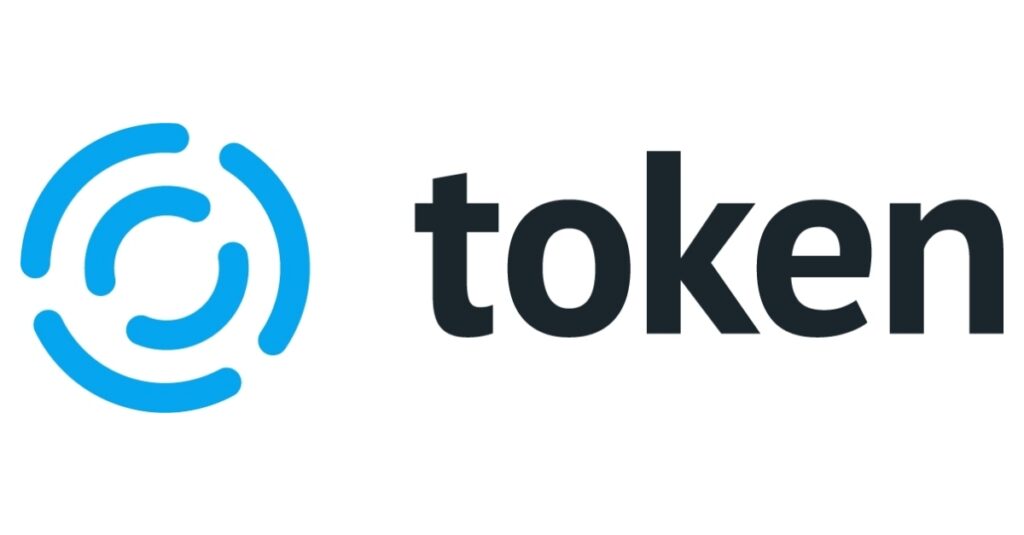

The term “tokenization” is increasingly being used in various sectors where the potential of tokens and the growing interest in its use for various purposes are being emphasized. Tokenization corresponds to the “process of the digital representation of real assets within a distributed ledger,” according to the definition proposed in the OECD report “The Tokenisation of Assets and Potential Implications for Financial Markets.”
Through this process virtually any asset can be digitally represented and traded within a blockchain.
The ability to tokenize different types of assets ( even tangible assets) , products or services and thus to “generate a token in the virtual world and link it to a real asset through a smart contract” could have a significant impact in terms of increasing speed and security but also on lowering the cost of transactions, as pointed out in an article published on the website of Namirial, a company that deals with digitization services.
It is necessary to highlight the increasingly central role that tokenization will play in the area of data protection and, in particular, payment security. Indeed, by relying on a distributed and decentralized ledger, tokenization makes it possible to protect sensitive data (thus digital assets of all kinds) from users who do not have permission to access or manage them.
The use of tokens could encourage further acceleration in the adoption of ecommerce.
Other popular applications of the tokenization process include the creation of digital currencies (BAT for example) and NFTs. The latter in particular have also been used by many brands for advertising purposes, with the creation of NFTs representative of their brand as Coca-Cola has done for example. The tokenization of digital works of art, as well as other items of interest to collectors, remains among the most popular uses of this technology.
The use of tokenization, however, could see significant growth in a variety of areas because the technology in question could theoretically be used with any type of sensitive data (health data, court records, bank transactions, even even voting data, to name a few examples). In fact, according to Gartner’s predictions, featured in the article published by Digital Asset, retail, the luxury goods market, healthcare, and the consumer sector are among those contexts in which the use of this technology could soon see a significant increase.
How to use them in Tourism
As we write this article, hundreds more applications of tokens will have sprung up. Interesting, however, to focus on their basic philosophy. As written in the preceding lines, their real function is as a "digital guarantee" of an issue of a form of credit to be shown to a company for the provision of a service or good of equal value.
In the system, then, there are two actors: those who exhibit credit and those who decide to accept it. The second actor, very trivially, could be the accommodations that with loyalty programs, point redemption through gamification, forms of remuneration for actions or works rendered for specific services can receive it as payment for rooms, or, for exclusive services or hotel upgrades.
At this point, the mechanism becomes very simple and is a straightforward commercial performance; the only limitation might be only the propositional imagination of those who sell or those who want to link these tokens to particular actions and proposals .
via Ammiraglio Millo 9 .
Alberobello, Bari. ( Italy )
📞 +39 339 5856822

